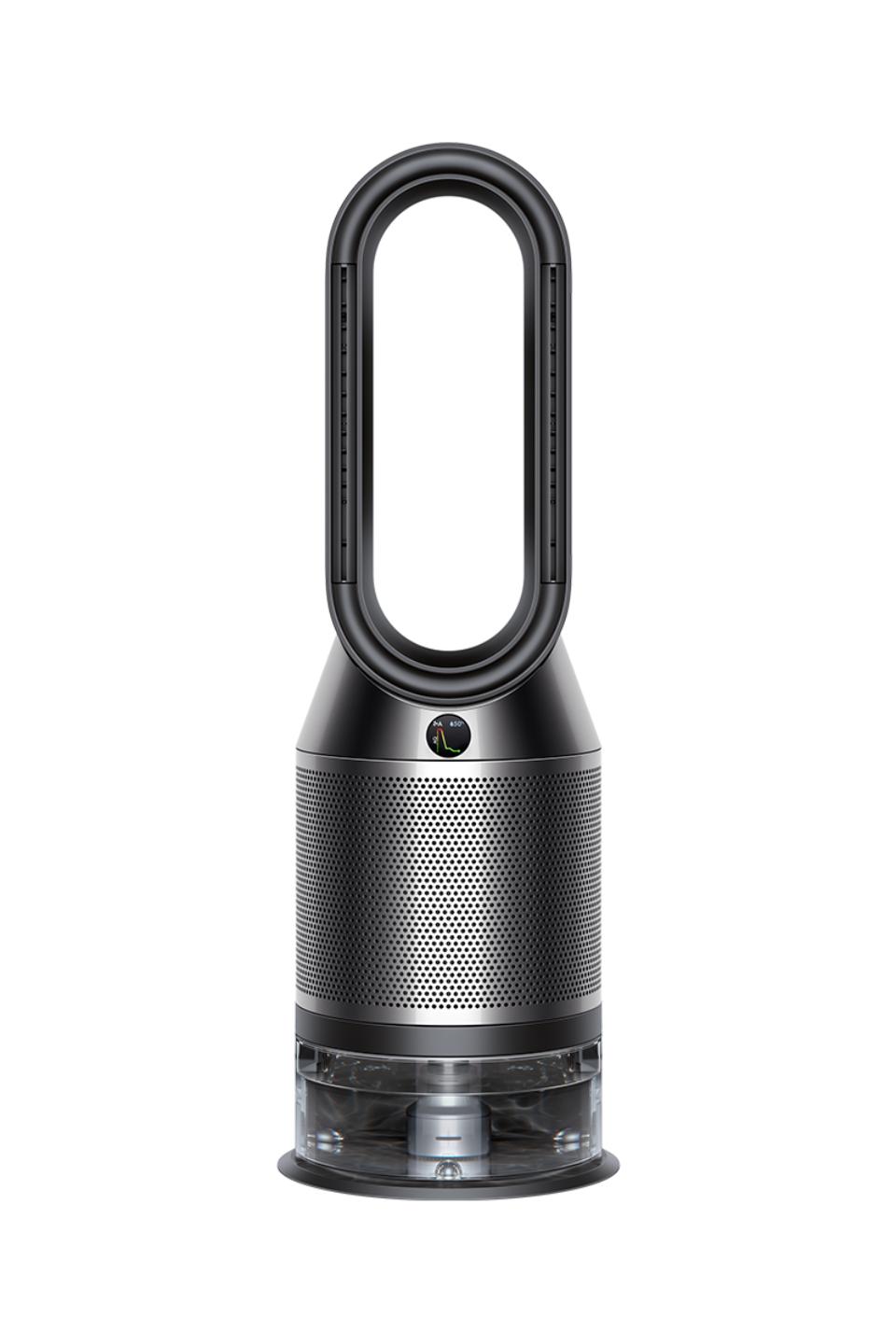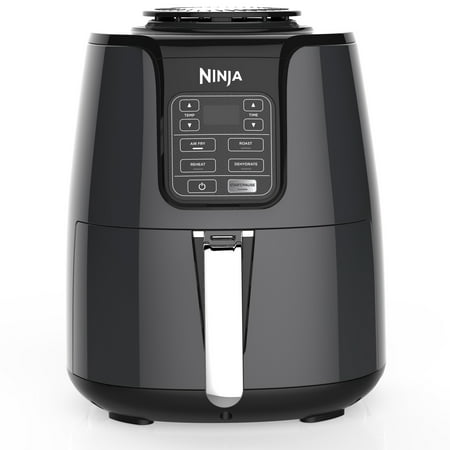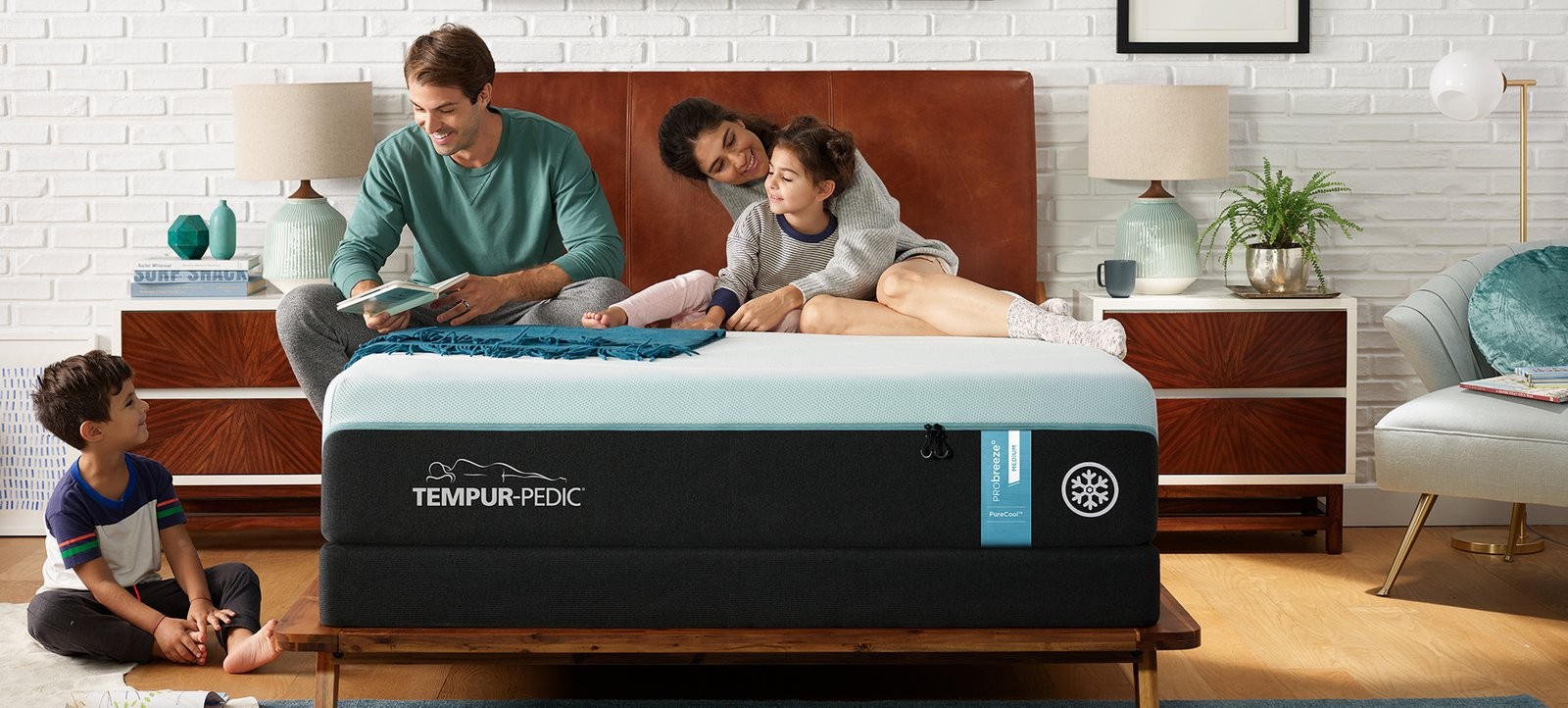Shark IQ Robot Vacuum with XL Self Empty Base, Bagless, Self Cleaning Brushroll RV1001AE
Bagless, self-emptying base holds up to 30 days of dirt and debris for a month’s worth of worry-free cleaning. Powerful Shark deep-cleaning suction takes on large debris, small debris, and pet hair on carpets and bare floors.
Forget about vacuuming for up to a month when you have the Shark IQ Robot Self-Empty XL. Combines a convenient self-empty base and IQ Nav total home mapping for complete, efficient cleaning plus Shark suction performance and a self-cleaning brushroll.
- Bagless, self-emptying base holds up to 30 days of dirt and debris for a month’s worth of worry-free cleaning
- Powerful Shark deep-cleaning suction takes on large debris, small debris, and pet hair on carpets and bare floors
- Self-cleaning brush roll removes pet hair and long hair as it cleans to ensure no more annoying hair wrap tangles
- Schedule whole-home cleanings or target specific rooms or areas to clean right now with the SharkClean app or voice control with Amazon Alexa or Google Assistant
- Methodically cleans row by row and then navigates room to room for complete home coverage
- Maps your home and lets you choose which rooms to clean right now
- IQ Navigation with Total Home Mapping feature methodically cleans row by row and then navigates room to room for complete home coverage
- Maps your home and lets you choose which rooms to clean right now
- Shark IQ Robot vacuum will return to the dock, recharge, and can pick up where it left off
- Captures and traps 99% of dust, dander, and pet allergens*. *down to 1 micron
- Includes:
- Shark IQ Robot Vacuum
- Self-empty base
- Plastic/metal
- 5.63″ wide cleaning path
- Measures 12.8″ L x 12.6″ W x 3.5″ H
- Weighs 13.23 lb.
- 1-year limited manufacturer’s warranty
- Imported
- Model RV1001AE
- skuId : 68578848
Additional information
| Product Depth in | 12.9 |
|---|---|
| Product Width in | 12.6 |
| Product Height in | 3.5 |
| Product Weight lb | 13.23 |
| Cord Length | Cordless |






by John
I recognize the suction power at the docking station, however as the unit vacuums the suction power isn’t strong enough to pick up everything. This is the only problem I have with it, otherwise I love it.
by Sarah
I had a romba and it broke. Romba didn’t stand behind and said I needed to buy a new one. I was upset and decided to look around. Heard shark was better and cheaper! Little bummed on mapping the rooms keeps missing one. Would like to vacuum per room.
by Robovac
I should have done this sooner. Great machine reliable and convenient. It does the work while we sleep.
by Draco
Shark IQ robot does a great job especially on hard wood and tile. It’s seems to work good on carpets. Saves me a big step in weekly house work.
by Dakota
Have had my Shark Robot for about 3 weeks – use it every day. Excellent job and easy to care for. Thank you.